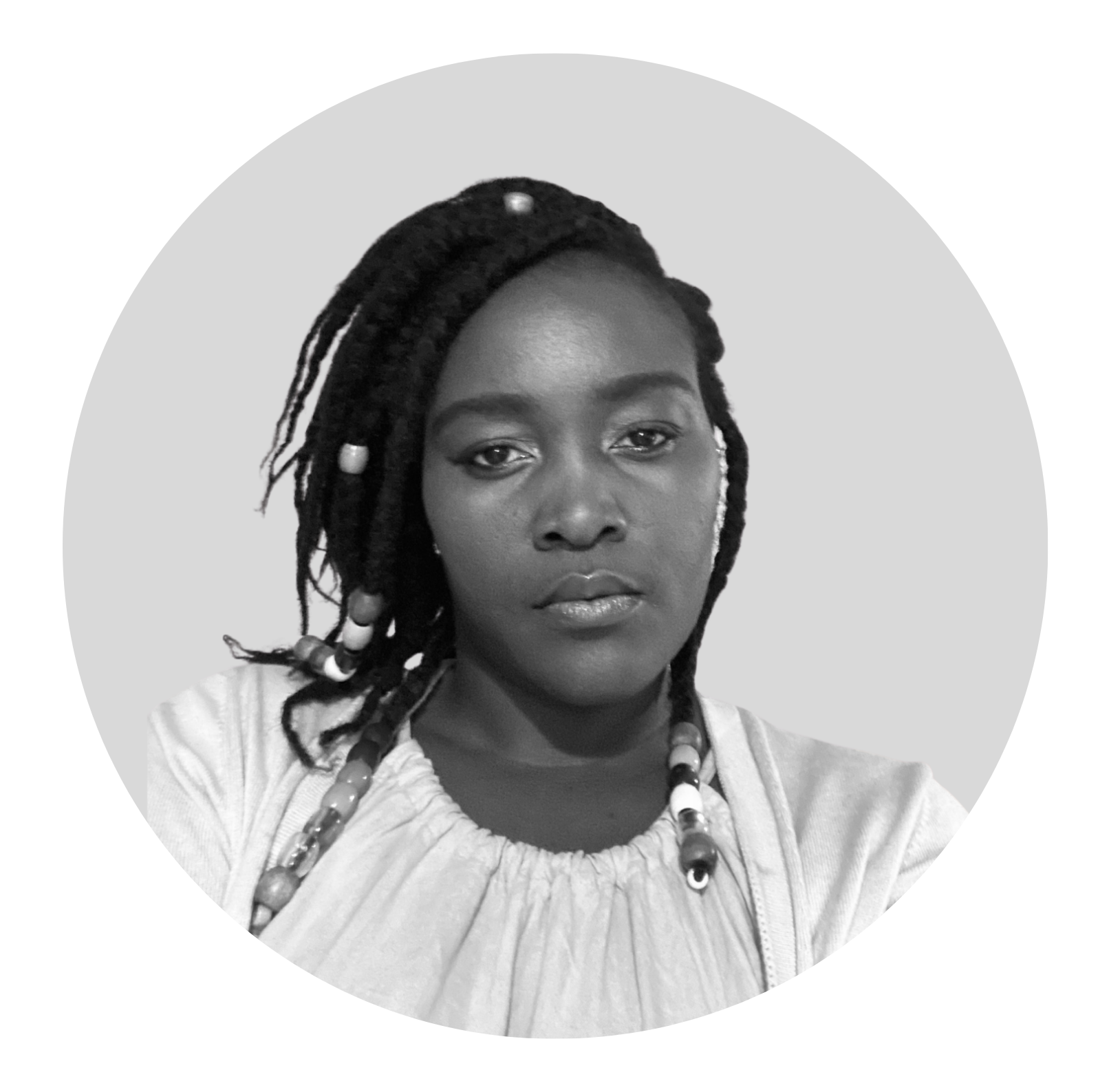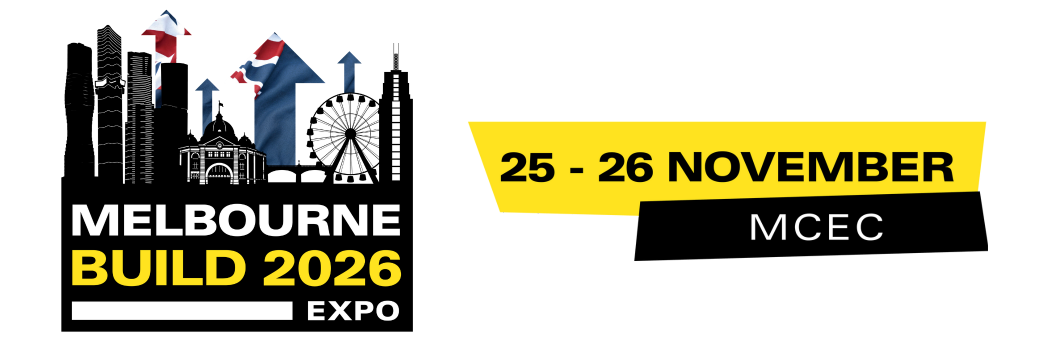Beyond the Hard Hat: Redefining Leadership Through Diversity
)
Across the construction industry, the conversation around diversity, equity, and inclusion has grown louder — and for good reason. As one of the world’s most traditionally male-dominated fields, construction is beginning to recognise that diverse teams drive stronger collaboration, innovation, and long-term success. By embracing a wider range of voices, backgrounds, and perspectives, the industry can build workplaces that truly reflect the communities they serve.
In this feature, we explore what it takes to attract, retain, and empower diverse talent; from addressing systemic barriers to fostering culturally safe and inclusive environments. We also discuss the importance of representation in leadership, mentorship opportunities, and practical steps employers can take to create workplaces where everyone feels they belong.
To gain deeper insight into these issues, we spoke with Angela Amuko, a passionate advocate for diversity and inclusion in construction. Drawing from her lived experience as a woman of colour in a male-dominated industry, Angela shares her perspective on breaking stereotypes, building visibility, and paving the way for a more inclusive construction future.
 About Angela Amuko
About Angela Amuko
A passionate and resilient professional in a male-dominated field, Angela brings a unique perspective as a woman of color navigating the construction industry. With hands-on experience leading engagement operations and presenting in high-stakes environments, she has developed a leadership style grounded in empathy, collaboration, and courage. Having often been the only woman and person of color in the room, she is a strong advocate for diversity, equity, and inclusion, actively seeking mentorship and creating spaces where underrepresented voices can thrive. Her goal is to lead with impact while paving the way for others to break barriers and succeed.
How can the construction industry do more to attract and retain people from diverse gender and cultural backgrounds?
-
“Visibility - we need to see women of color in construction ads, apprenticeships, and leadership roles. This will help them break the stereotype that the industry is predominantly male related.”
-
“Partnering with community organizations to reach underrepresented groups, especially in schools, TAFEs, and cultural networks.”
-
“Offer mentorships and internships that specifically target women of color”
What are some of the biggest barriers to diversity in construction, and how can companies begin to break them down?
-
“Cultural and gender stereotypes still define construction for women of color / immigrants as ‘a man's job’. This stereotype discourages many young women of color from even applying.”
-
"Qualification matching and local experience: Most workplaces hardly recognize the existing work experience and transferable skills of immigrants."
-
“Limited access to networks and decision-makers: The industry opportunities mostly come through industry references or ‘who you know.’”
-
“Lack of Mentorship & Role Model: Without people who look like them in leadership or in trade roles, many women of color don’t see a long-term future in the industry.”
“The above can be broken down by businesses celebrating and promoting diverse success stories in the industry, so that women of color can imagine themselves in that space. Zero tolerance for discrimination on site or off. Training recruitment managers to adequately match skills and consider various transferable skills that can be brought in by the individuals. Create peer support groups for women of color in trades.”
What practical steps can employers take to create a more inclusive and respectful workplace for everyone?
“Prioritize cultural safety in workplaces where women of colour feel physically and emotionally safe - no casual racism, no ‘boys’ club’ jokes, no silence when harm happens.”
-
“Teams that avoid assumptions, respect different accents, and allow people to speak up without fear of being shut down.”
-
“Cultural safety training should be mandatory, not optional. With a key goal not just hiring but making people feel like they truly belong once they’re in the room.”
-
“Have a listening & feedback system by regularly asking employees what’s working, what’s not and acting on it.”
Why is representation in leadership so important, and how can diverse role models inspire the next generation of talent?
“You can’t be what you can’t see — leadership must reflect the real world.”
“Leaders shape culture and diverse leaders bring different lived experiences that challenge old ways of thinking. When young women of color see someone who looks like them in leadership, it breaks the mental barrier of ‘that’s not for me.’”
“Invite women of color in leadership to bring lived experience and speak at industry events, panels, and schools. Visibility breaks stereotypes for younger generations who might never see someone like them in a hard hat.”
What has your own experience taught you about the importance of diversity, and how has it shaped the way you work or lead?
“Diversity, when truly embraced, is a powerful driver of innovation, resilience, and meaningful collaboration. My personal and professional journey has consistently reminded me of its importance. I often find myself as the only woman and frequently the only woman of color on site. These experiences have been both challenging and deeply formative. That can be intimidating, especially when working with individuals who may not be used to seeing someone like me on site.”
“Over time, I’ve learned to be resilient and to advocate for myself. Breaking into a male-dominated industry as a woman of color is not easy. I’ve encountered surprise when stepping up to do my job or deliver a presentation. But these moments have taught me to lean on my team, ensuring they are aligned and supportive, and that my voice is heard.”
“There have been times when I’ve had to strategically rely on male colleagues to help amplify my message. While not ideal, these instances highlighted the importance of allyship and the need for inclusive cultures where everyone is heard equally.”
“I still feel a sense of intimidation when working with new crews, but the nature of my role allows me to break through those initial barriers. Over time, I’ve become more intentional about how I interact by building trust within teams, encouraging collaboration, and fostering environments where everyone feels seen and valued. I’ve also sought out mentorship, which has been invaluable—not only in helping me navigate the industry, but also in building meaningful networks and supporting others coming up behind me.”
Angela’s journey is a reminder that diversity in construction isn’t just a policy goal; it’s a catalyst for progress. True inclusion starts with visibility, mentorship, and creating spaces where everyone feels safe to speak, contribute, and lead. When workplaces prioritise belonging as much as technical skill, they attract not only more diverse talent but also more engaged, innovative, and resilient teams.
By challenging stereotypes, recognising transferable skills, and investing in cultural safety, the construction industry has the power to shape a more equitable future; one where every individual, regardless of background or gender, can see themselves represented and valued.
A heartfelt thank you to Angela for sharing her experience, vision, and courage. Her story exemplifies the leadership and advocacy that continue to open doors and inspire the next generation of women and diverse professionals across the industry.
Connect with Angela on LinkedIn.
Melbourne Build is the leading and largest construction trade show for Melbourne and Victoria, taking place October 22nd & 23rd 2025 at MCEC. Featuring two jam-packed days of knowledge-sharing, 450+ expert speakers across 12 conference stages, a 175+ booth exhibition, Meet the Buyers, business networking, live music, entertainment and so much more!

